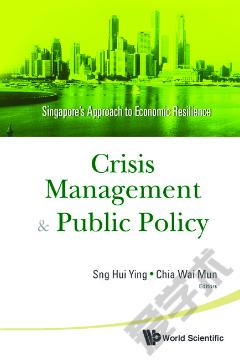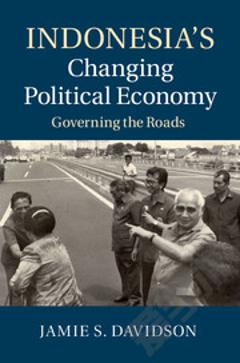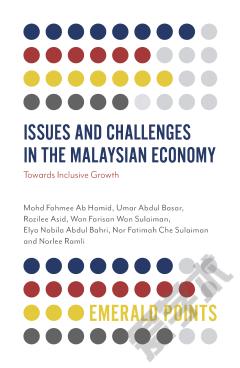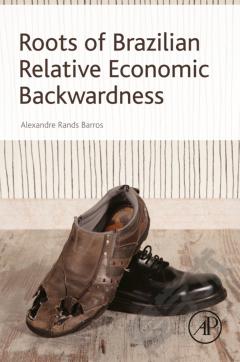Economic Crises and the Breakdown of Authoritarian Regimes: Indonesia and Malaysia in Comparative Perspective
Economic Crises and the Breakdown of Authoritarian Regimes: Indonesia and Malaysia in Comparative Perspective. By Thomas B. Pepinsky. New York: Cambridge University Press, 2009. Pp. 326. Thomas Pepinsky' s book is focused on a simple question - why did Indonesia and Malaysia have such different political outcomes in the aftermath of the 1997-98 financial crisis? In seeking to answer it, he aims to shed light on how authoritarian regimes respond to changes in their economic fortunes and, in particular, crises. Pepinsky contends that despite some differences, Indonesia and Malaysiamake effective comparators . Up until the crisis, both countries were classified as authoritarian, and their economies were open and export-oriented, with convertible currencies, a managed exchange rate, ample stocks of foreign reserves, and no independent central bank. However, their responses to the 1997-98 financial crisis differed markedly, with dramatically distinct political outcomes. Indonesia had an inconsistent policy response, ranging from initial acceptance of the International Monetary Fund austerity packages to rejecting them in favour of a range of often contradictory measures - ranging from reducing interest rates, providing emergency support to banks, and reinstating costly infrastructure projects. Virtually the only policy that was pursued consistently was maintaining an open capital account. The resulting turmoil resulted in President Soeharto's resignation, and an "authoritarian breakdown". Although it also experienced a deep and traumatic economic crisis, Malaysia had a very different policy response and, ultimately, a distinct political outcome. After an initial period of uncertainty, the government consistently resisted austerity measures such as high interest rates, expenditure cuts, and currency devaluation. Of particular interest, then Prime Minister Mahathir imposed capital controls and pegged the Malaysian ringgit to the U.S. dollar. Despite considerable political unrest and a challenge to his leadership, Mahathir emerged from the crisis relatively unscathed, and the regime remained intact. Pepinsky argues that the key to understanding the differing outcomes in the two countries is to focus on political coalitions and their economic interests. He contends this is more enlightening than studying each country's institutions, as institutions in themselves do not explain policy choices. In contrast, a focus on the coalitions underpinning the regimes provides an explanation of why particular policies were adopted. He holds that political actors always seek to obtain beneficial outcomes for themselves, and even authoritarian regimes are dependent on support from their constituents. Thus, when confronting economic crisis, authoritarian regimes come under pressure from their supporters to implement policies in their interests. When the actors in a regime's supporting coalition have compatible interests, the ensuing policy responses will be coherent. When they have diverging interests, policy responses will be contradictory and of little utility - and the corresponding results in the political sphere will put the regime under stress. In this book, Pepinsky identifies three classes of political actor: holders of fixed capital; holders of mobile capital; and labour. Holders of fixed capital are firms whose assets tend to be in land, equipment, and buildings that cannot be moved without converting them into cash. Conversely, mobile capital holders have mostly liquid assets that can be transferred easily. A more intuitive contrast can be made between "industrial" and "financial" capital. These two groups will have different economic interests and desired policies during economic crises. For example, mobile capital holders will tend to prefer no capital controls and a tight monetary policy, and holders of fixed capital would prefer capital controls and a looser monetary policy. The third key constituency, labour, will tend to favour policies that avoid inflation and preserve public spending and employment. â¦
{{comment.content}}








 京公网安备 11010802027623号
京公网安备 11010802027623号